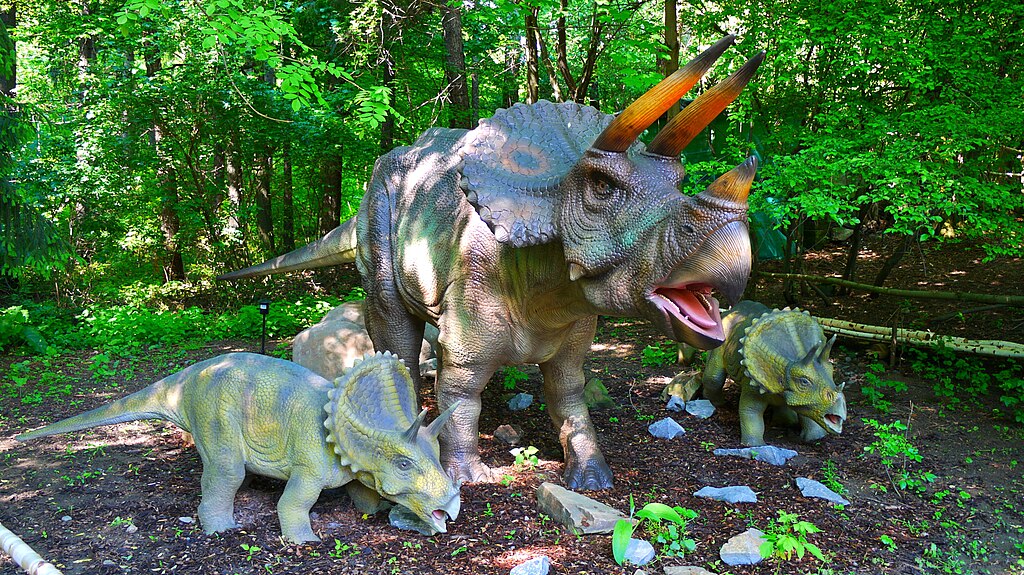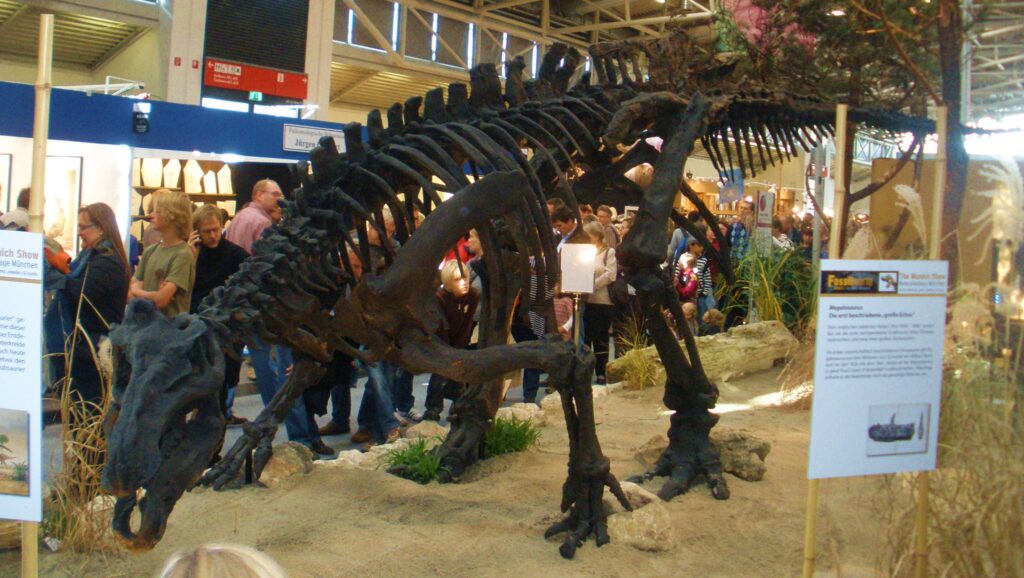The image of dinosaurs as indiscriminate eating machines has dominated popular culture for decades. We often imagine them devouring anything in their path, particularly in classic films like Jurassic Park where the T. rex enthusiastically consumes humans and other dinosaurs alike. However, paleontological evidence suggests a much more nuanced reality about dinosaur dietary preferences. Recent research indicates that many dinosaur species had surprisingly selective eating habits, sometimes rivaling the pickiness of a modern toddler at dinnertime. Through careful examination of fossil evidence, coprolites (fossilized feces), dental morphology, and advanced analytical techniques, scientists have uncovered fascinating insights into the dietary specializations and preferences of various dinosaur species across the Mesozoic Era.
The Diversity of Dinosaur Diets

Dinosaurs existed for approximately 165 million years and evolved into an astonishing array of species with diverse dietary adaptations. Far from being generalist eaters, many dinosaurs developed highly specialized anatomical features specifically for consuming particular types of food. These specializations ranged from teeth designed for slicing flesh in theropods to the complex dental batteries in hadrosaurs for grinding tough plant material. Some species possessed beaks similar to modern birds, while others developed long necks to reach high vegetation or powerful jaws capable of crushing bones. This remarkable variety of feeding adaptations suggests that dinosaurs occupied numerous distinct ecological niches, with many species evolving to exploit specific food resources rather than consuming whatever was available. The dietary specialization among dinosaurs rivals or even exceeds what we observe in modern mammalian communities.
Evidence from Dental Morphology

Teeth provide some of the most compelling evidence for dietary selectivity among dinosaurs. The shape, size, serration patterns, and wear marks on dinosaur teeth reveal critical information about what these animals ate and how they processed their food. Carnivorous theropods like Tyrannosaurus rex had serrated, blade-like teeth ideal for slicing through flesh, while velociraptors possessed more delicate, curved teeth suited for precision cutting. Herbivorous dinosaurs displayed even greater dental diversity, with some species having teeth specialized for cutting particular types of vegetation, while others developed grinding surfaces for processing specific plant materials. Ceratopsians like Triceratops had beaks and shearing dental batteries adapted for slicing through fibrous cycads and other tough Cretaceous plants, suggesting they weren’t consuming just any vegetation but were targeting specific plant types. These dental adaptations indicate highly selective feeding strategies rather than opportunistic omnivory.
The Picky Palate of Tyrannosaurus Rex
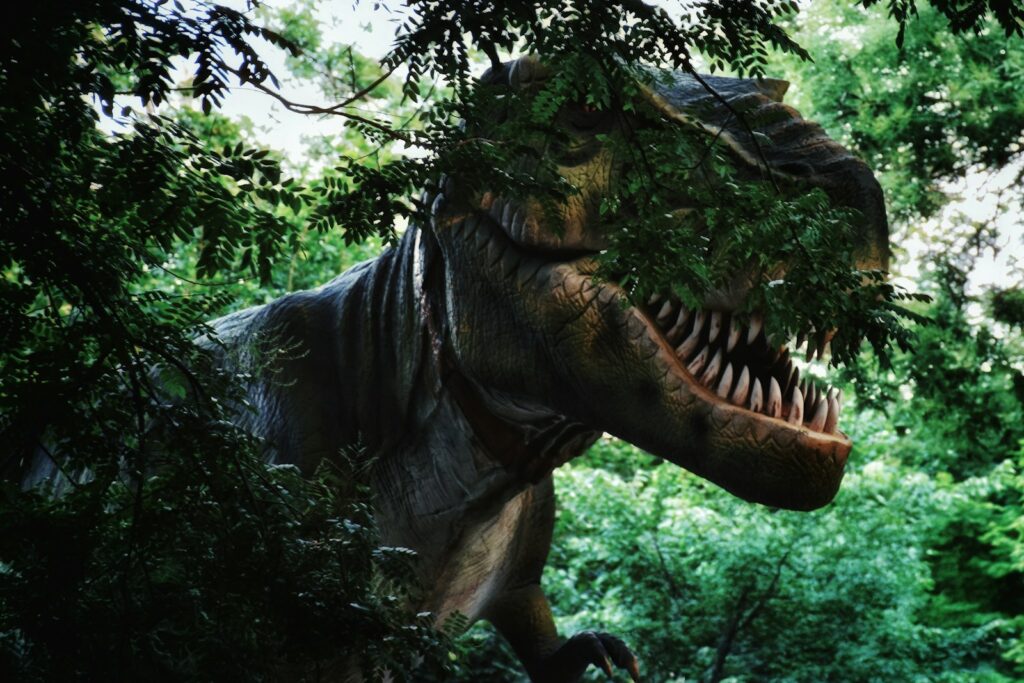
Despite its fearsome reputation as the ultimate predator, evidence suggests that Tyrannosaurus rex may have been surprisingly selective about certain aspects of its diet. Recent research analyzing bite marks on fossilized bones indicates that T. rex often preferred to consume specific parts of its prey, particularly focusing on nutrient-rich areas like the liver, viscera, and muscle tissue while sometimes leaving other portions untouched. This selective feeding behavior is comparable to how modern predators like lions will target the most nutritious organs first. Additionally, there’s evidence suggesting that T. rex may have occasionally discarded certain prey species or carcasses depending on their freshness or nutritional content. The massive bite force of T. rex, estimated at over 8,000 pounds, would have allowed it to crush through even the thickest bones to access nutritious marrow, yet fossil evidence shows this wasn’t always done, suggesting a level of selectivity in feeding behavior that contradicts the “eat everything” stereotype.
Hadrosaurs: The Connoisseurs of the Cretaceous
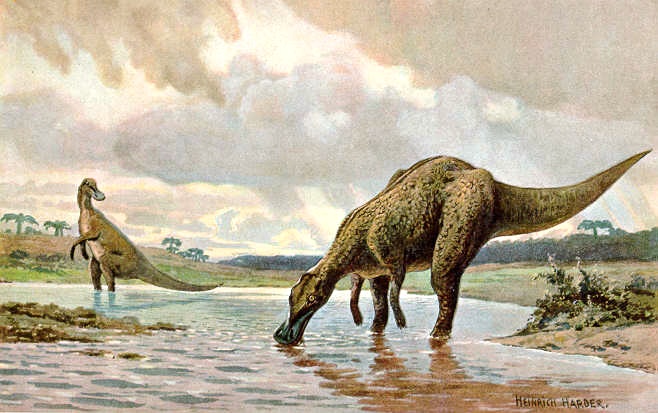
Hadrosaurs, often called duck-billed dinosaurs, possessed some of the most complex dental arrangements in dinosaur history, with dental batteries containing hundreds of teeth that were continuously replaced throughout their lives. This sophisticated dental apparatus wasn’t developed for indiscriminate plant consumption but rather represents a highly specialized adaptation for processing specific types of vegetation. Microscopic wear patterns on hadrosaur teeth suggest they were selectively feeding on particular plant species, likely favoring softer, more nutritious options over tougher, woody materials. Isotope analyses of hadrosaur teeth indicate seasonal shifts in their diet, demonstrating an ability to selectively choose different plant foods as they became available throughout the year. Some hadrosaur species appear to have specialized in consuming particular plants that grew in specific habitats, suggesting they weren’t simply eating any vegetation they encountered but were making deliberate dietary choices based on nutritional content and availability.
Sauropods: Selective Despite Their Size
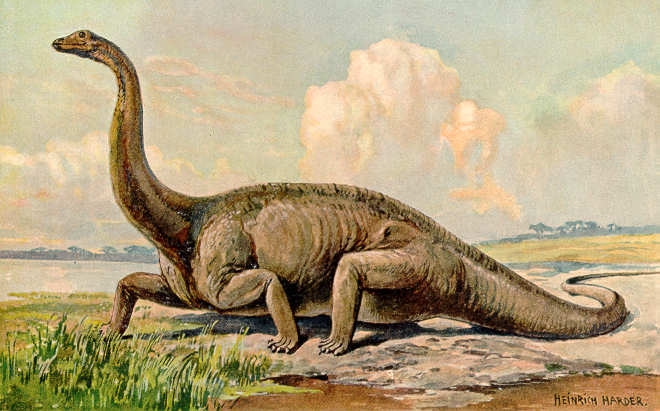
Sauropods like Brachiosaurus and Diplodocus were the largest land animals ever to exist, and their enormous size might suggest indiscriminate feeding to meet their massive caloric requirements. However, fossil evidence indicates these giants were surprisingly selective feeders. Their distinctive peg-like teeth and specialized jaw mechanics were adapted for stripping leaves from specific types of vegetation rather than consuming whole branches. Different sauropod species evolved varying neck lengths and head positions, allowing them to target different vegetation zones within the same ecosystem without direct competition. Coprolite analysis from some sauropod species shows evidence of selective feeding, with certain plant materials appearing more frequently than would be expected if they were consuming vegetation indiscriminately. Computer modeling of sauropod energy requirements suggests that selective feeding on high-nutrient plant materials would have been necessary to sustain their massive bodies, making dietary selectivity not just a preference but a survival requirement for these enormous animals.
Therizinosaurs: The Vegetarian Oddities

Among the most peculiar dinosaurs were the therizinosaurs, bizarre theropods that evolved from carnivorous ancestors into specialized plant-eaters. These unusual dinosaurs possessed enormously elongated claws that could reach up to three feet in length, pot-bellied bodies, and small heads with leaf-shaped teeth. Far from being generalist herbivores, therizinosaurs appear to have been highly selective feeders. Their unusual combination of features suggests they may have used their massive claws to pull down specific branches or vegetation types that were otherwise inaccessible to other herbivorous dinosaurs. Dental microwear analysis indicates they were likely targeting particular soft plant materials rather than tougher vegetation. Their unusual anatomy represents one of the most dramatic dietary specializations among dinosaurs, evolving from meat-eating ancestors into what appear to be highly selective herbivores. This remarkable transformation underscores how powerful the evolutionary pressure toward dietary specialization was among dinosaur lineages.
Microraptor’s Fishy Preferences

The crow-sized dinosaur Microraptor has provided some of the most direct evidence for dietary selectivity among smaller dinosaurs. In an extraordinary fossil discovery, scientists found a perfectly preserved specimen of Microraptor with the remains of a fish in its stomach contents. This remarkable find not only confirmed that Microraptor consumed fish but suggested it was specifically targeting particular aquatic prey. The preserved fish was intact enough to be identified as a specific species, indicating Microraptor wasn’t just opportunistically feeding on any available protein source. Additional specimens have been found with the remains of small birds and mammals in their stomach cavities, suggesting these dinosaurs were selective predators with preferences for particular prey types. The four-winged gliding abilities of Microraptor likely allowed it to access hunting territories and prey sources unavailable to other dinosaurs, potentially making it a specialized predator targeting specific prey in particular environments.
Coprolite Evidence: Fossil Feces Tell the Tale
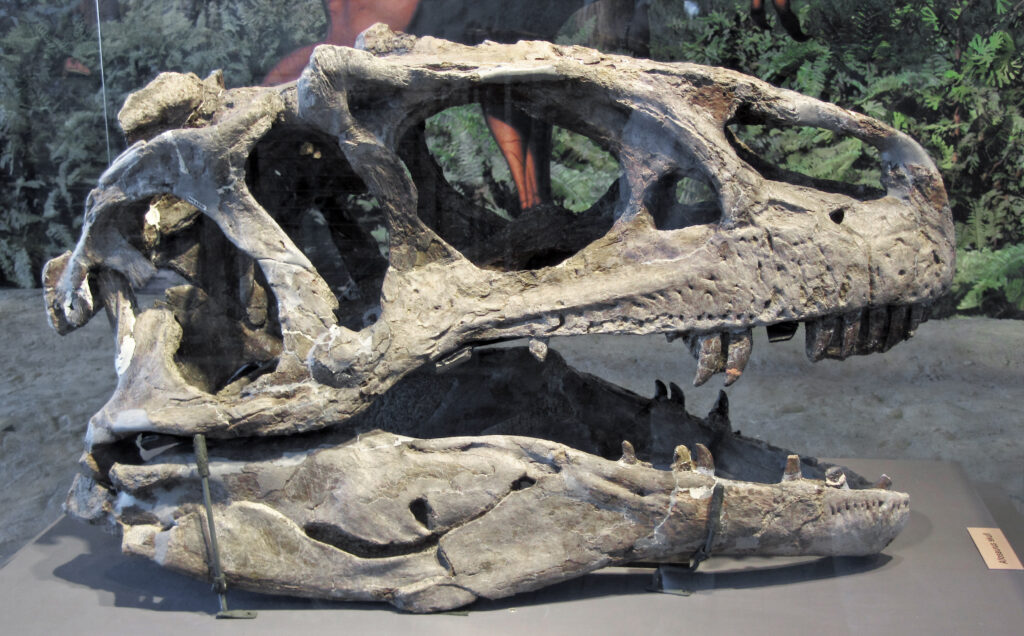
Coprolites, or fossilized feces, provide some of the most direct evidence of dinosaur dietary selectivity. These remarkable fossils preserve the undigested remains of what dinosaurs actually consumed, offering a window into their specific dietary preferences. Coprolites from carnivorous dinosaurs sometimes contain high concentrations of bone fragments from particular prey species, suggesting targeted hunting rather than opportunistic feeding. Plant-eating dinosaur coprolites often show evidence of specific plant materials being consumed in greater proportions than they existed in the environment, indicating active selection rather than random browsing. The size, shape, and content of coprolites can often be matched to specific dinosaur species, allowing paleontologists to identify the dietary preferences of individual dinosaur types. In some cases, coprolites reveal seasonal variations in diet, demonstrating that dinosaurs adjusted their feeding preferences based on availability and nutritional needs throughout the year.
Isotope Analysis Reveals Feeding Preferences

Modern analytical techniques have revolutionized our understanding of dinosaur dietary selectivity. Stable isotope analysis of fossilized teeth and bones can reveal the specific types of plants or animals that contributed to a dinosaur’s diet over its lifetime. Carbon isotope ratios can distinguish between dinosaurs that consumed primarily C3 plants (like trees and shrubs) versus those that preferred C4 plants (like many grasses), revealing specialization even among herbivorous species. Nitrogen isotope analysis can determine a dinosaur’s position in the food chain and whether it specialized in particular types of prey. Oxygen isotope patterns can reveal seasonal shifts in diet, suggesting dinosaurs modified their feeding preferences throughout the year rather than consuming the same foods year-round. These chemical signatures preserved in fossil material provide compelling evidence that many dinosaurs were targeting specific food sources rather than eating indiscriminately, challenging the notion of dinosaurs as opportunistic feeders.
Ecological Niche Partitioning

The remarkable diversity of dinosaur species coexisting in the same environments strongly suggests dietary specialization was necessary to avoid direct competition. In well-preserved fossil ecosystems like the Morrison Formation or Hell Creek Formation, multiple species of similar dinosaurs lived alongside one another, a situation that would typically lead to competitive exclusion unless each species occupied a distinct ecological niche. Different hadrosaur species coexisting in the same habitat likely specialized in different plant types, similar to how modern ungulates divide available vegetation. Among carnivorous dinosaurs, different theropod species likely targeted different prey sizes or hunting strategies to avoid direct competition. This niche partitioning is evident in the varying heights at which different sauropod species fed, with some specialized for browsing high vegetation while others focused on lower-growing plants. The success of dinosaurs in dominating terrestrial ecosystems for over 160 million years likely depended on this fine-scale dietary specialization that allowed multiple species to coexist by exploiting different food resources.
Comparing Dinosaur Selectivity to Modern Animals
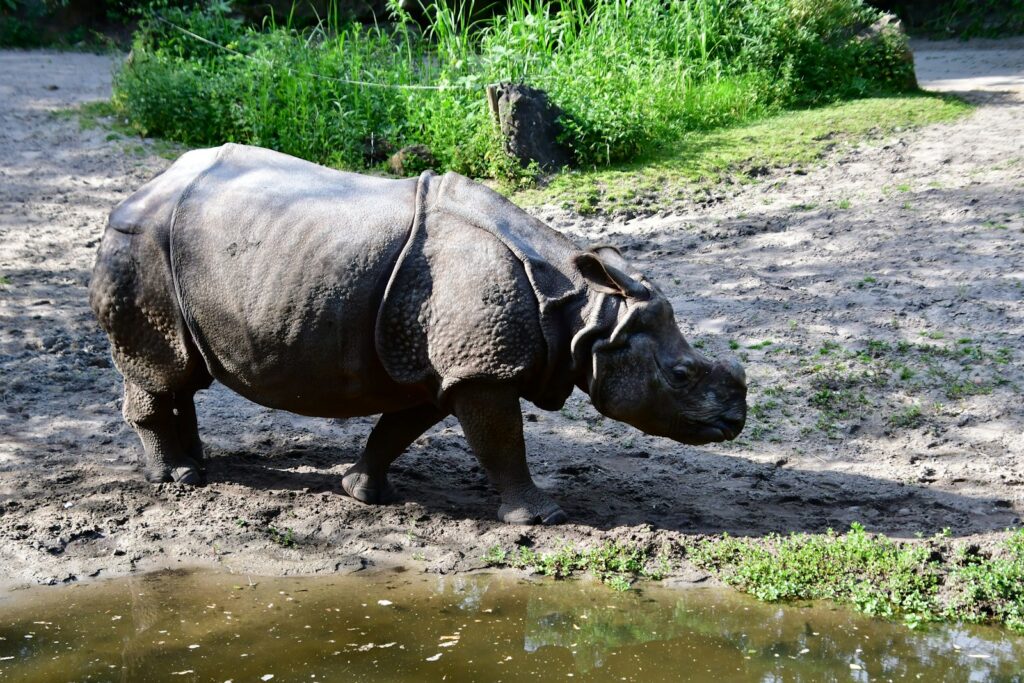
The dietary selectivity observed in dinosaurs bears striking similarities to feeding behaviors in modern animals. Just as modern predators like cheetahs specialize in hunting particular prey species, evidence suggests many theropod dinosaurs had preferred prey targets rather than attacking anything that moved. Herbivorous dinosaurs appear to have been as selective as modern browsers like giraffes, which carefully choose specific leaves while avoiding others on the same tree. The way different sauropod species divided feeding zones based on neck length and posture parallels how modern African savanna herbivores partition vegetation resources. Even omnivorous dinosaurs like Oviraptor appear to have had specific dietary preferences, similar to how modern omnivores like bears will selectively seek out particular foods when available. These parallels suggest that the ecological principles governing dietary specialization in modern ecosystems were already well-established during the Mesozoic Era, with dinosaurs exhibiting levels of feeding selectivity comparable to or exceeding those of modern animals.
Evolutionary Advantages of Picky Eating

Dietary selectivity offered significant evolutionary advantages that likely drove the development of specialized feeding adaptations among dinosaurs. By focusing on specific food resources, dinosaurs could evolve anatomical specializations that allowed them to process those foods more efficiently than generalist competitors. Selective feeding also allowed dinosaurs to target the most nutritionally beneficial foods while avoiding those containing toxins or providing little nutritional value. For herbivorous dinosaurs, dietary specialization reduced competition with other plant-eaters, allowing multiple species to coexist in the same ecosystem by exploiting different plant resources. Among carnivores, specializing in particular prey types or hunting strategies would have reduced competition and allowed for more efficient predation. The incredible longevity of dinosaur lineages, many of which persisted for millions of years with relatively little anatomical change, suggests their specialized feeding strategies were remarkably successful adaptations. Rather than being an evolutionary limitation, the “pickiness” exhibited by many dinosaurs was likely a key factor in their evolutionary success.
The Legacy of Dinosaur Dietary Specialization

The selective feeding behaviors of dinosaurs had profound impacts on Mesozoic ecosystems and continued to influence evolution long after the non-avian dinosaurs disappeared. The co-evolution between dinosaur feeding preferences and plant communities helped shape the development of flowering plants, with many angiosperms evolving specific features to attract or deter particular dinosaur species. The dietary specializations seen in dinosaurs laid the groundwork for the incredible feeding adaptations observed in their surviving descendants, birds, which exhibit some of the most extreme dietary specializations among modern vertebrates. Understanding dinosaur dietary selectivity provides important context for interpreting modern ecosystems, suggesting that the complex food webs and niche partitioning we observe today have deep evolutionary roots. The selective feeding behaviors of dinosaurs represent an important chapter in the evolutionary history of ecological specialization, demonstrating that dietary pickiness has been a successful strategy for hundreds of millions of years. As we continue studying the feeding habits of extinct dinosaurs, we gain valuable insights into the evolutionary processes that shaped both ancient and modern ecosystems.
Conclusion
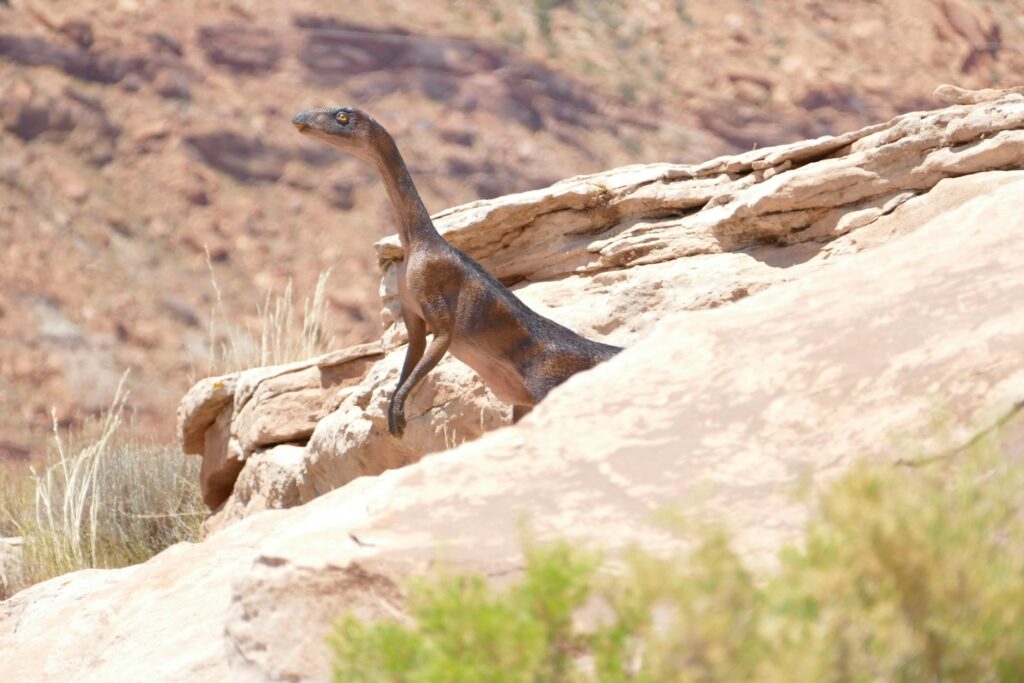
In conclusion, the stereotype of dinosaurs as indiscriminate eating machines fails to capture the complex reality revealed by fossil evidence. Far from consuming anything in their path, many dinosaur species appear to have been remarkably selective feeders with specific dietary preferences and specializations. Through analyzing tooth structure, stomach contents, coprolites, isotopic signatures, and ecological relationships, paleontologists have uncovered evidence of dietary selectivity comparable to or exceeding that of modern animals. This pickiness wasn’t a quirk but a critical evolutionary adaptation that allowed diverse dinosaur species to coexist by partitioning available food resources. The next time you imagine a Tyrannosaurus rex mindlessly devouring anything it encounters, remember that even the king of dinosaurs likely had specific preferences about what constituted a proper Cretaceous meal. In the complex world of dinosaur ecology, being a picky eater wasn’t just common—it was often essential for survival.

